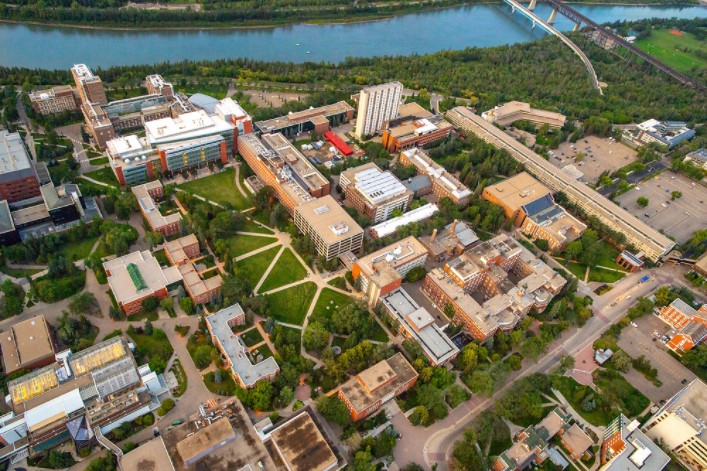Academic Restructuring Update
Steven Dew - 05 November 2020

Last week, I shared a set of alternative scenarios for academic restructuring that have been submitted by members of our community as input to the Academic Restructuring Working Group. Over this past week, we have received more ideas and these have been shared in a new document. Once again, my sincere thanks to the many who have provided their ideas and perspectives through a variety of forums. From these submissions, along with the constructive feedback we’ve heard through roundtables, emails, and online comments, we can see trends developing which reflect the needs and preferences of different faculties, disciplines, and groups across our campuses.
To summarize what we’ve heard, there is a large group that favours a divisional model because it allows faculties to retain their status as faculties, preserving academic autonomy, identity, and history, while also achieving the economies of scale needed to meet our financial challenges. This model tends to be preferred by faculties in which accreditation is critical and connections into professions and professional organizations are essential to their success. A number of variations on Scenario B have been proposed, in many cases suggesting innovative combinations of disciplines which proponents argue are more forward-looking than alignment with the tri-councils.
While there is support for the divisional model, we have also frequently heard concerns about perceived risks involved in creating divisional level academic administrators, led by executive deans. Rather than achieving savings, the concern is that the divisional model will have greater-than-expected costs, increase bureaucracy and result in key leadership roles being too far removed from faculty members.
As a result, there is also a strong contingent in the community who favour a move to greater faculty consolidation rather than a divisional model to achieve cost savings. Scenario A as proposed in the Interim Report of the ARWG is recognized by most as not going far enough, but as you can see among the submitted alternatives, there are multiple visions for bringing together our current faculties into larger faculties where there are compatible disciplinary, community, or professional concerns and connections.
Not as much interest has been voiced in favour of a hybrid model, but there are also a number of variants suggested on Scenario C. Support for the hybrid model largely stems from the prospect of preserving faculty autonomy and identity where that is critical, while still enabling economies of scale through faculty consolidation or through shared services which would not be led by an executive dean.
The ARWG is now considering the diverse visions offered by the community and developing options that reflect this input and try to balance competing demands. In mid-November, we will present three revised options to the community. These will be discussed by GFC on November 23, before we begin the process of moving a final scenario through for recommendation and approval in early December.
It is clear that there is no one option that will satisfy all of the competing demands that we have heard over the last several weeks. As a community we now must prepare to move towards consensus and decide on a model that will best enable the U of A to adapt to a changing funding landscape and be in a position to grow and prosper for decades to come.
Thanks again for engaging in this extremely important process.
Steven Dew
Provost and Vice-President (Academic)